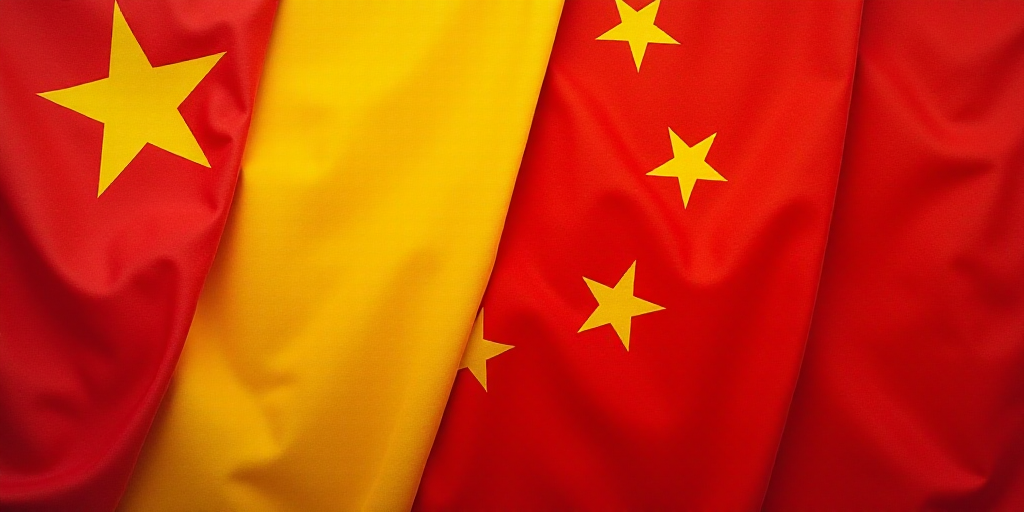Background on Key Figures and Context
The United States and China have been engaged in a global tariff war since President Donald Trump initiated it. This weekend, trade discussions took place in Geneva for the first time since the escalation began. The U.S. delegation includes Treasury Secretary Steven Mnuchin and Trade Representative Robert Lighthizer. China is represented by Vice Premier He Lifeng.
U.S. Proposal and Symbolism
President Trump suggested on Friday reducing tariffs on Chinese products to 80% as a gesture before negotiations began. However, this reduction remains largely symbolic since tariffs still significantly impact Chinese exports to the U.S.
Since returning to the White House in January, Trump has wielded tariffs as a political tool. Initially announcing 145% tariffs on China, these were added to existing tariffs. In response, Beijing vowed to “fight to the end” and imposed 125% tariffs on U.S. products.
As a result, bilateral trade between the world’s two largest economies has stalled, and markets have experienced significant turbulence.
Positive Developments and Expert Opinions
The World Trade Organization (WTO) Director-General Ngozi Okonjo-Iweala described the discussions in Genebra as “a positive and constructive step towards reducing the escalation.”
In mid-April, Okonjo-Iweala expressed concern that even if China-U.S. trade represents only about 3% of global merchandise trade, a disconnection between the two major economies “could have significant consequences.”
Swiss President Karin Keller-Sutter drew a parallel between the negotiations and Pope Leon XIII’s time in Rome, saying, “The Holy Spirit was in Rome. We must hope it comes to Geneva during the weekend.”
Vice Premier He Lifeng arrived at the negotiations with positive news: China’s exports increased by 8.1% in April, four times higher than analysts’ predictions. However, exports to the U.S. fell nearly 18%.
Despite this, White House Press Secretary Karoline Leavitt warned that Trump “will not unilaterally lower tariffs on China” and requested “concessions.”
Bonnie Glaser, Director of the Indo-Pacific program at the German Marshall Fund, anticipates a possible outcome where “most, if not all, customs tariffs imposed this year would be suspended during the duration of bilateral negotiations.”
Lizzi Lee, an economist specializing in China at the Asia Society Policy Institute, expects a “symbolic and temporary gesture” that could “ease tensions but not resolve fundamental disagreements.”
Xu Bin, a professor at China Europe International Business School (CEIBS) in Shanghai, fears tariffs may not return to a “reasonable level.”
“Even if they decrease,” he notes, “they are likely to be cut in half and remain too high for normal trade.”
Key Questions and Answers
- Who are the key figures in these negotiations? The U.S. delegation includes Treasury Secretary Steven Mnuchin and Trade Representative Robert Lighthizer. China is represented by Vice Premier He Lifeng.
- What did President Trump propose regarding tariffs on Chinese products? He suggested reducing tariffs to 80% as a gesture before negotiations began.
- Why are these discussions significant? They represent the first trade talks between the U.S. and China since the global tariff war began, offering hope for reducing trade tensions.
- What are experts’ expectations from these negotiations? Some anticipate a suspension of most tariffs during negotiations, while others expect symbolic gestures to ease tensions without resolving fundamental disagreements.
- What are the potential outcomes of these negotiations? Possible outcomes include suspending tariffs, making symbolic gestures, or achieving a more reasonable tariff level for normal trade.






